The entry wall in my house has been framed and drywalled, currently waiting for mud to dry so I can sand and apply the next coat. I'm thinking of putting marble on the floor for a grand entrance. Over the summer I have also installed some new windows and insulation and removed alot of plaster and lath.
A couple of large projects still in the works and I'm hoping these will come through to get us through the winter. Keep checking here or an FB or Pinterest, or LinkedIn for updates and project info and even pics.
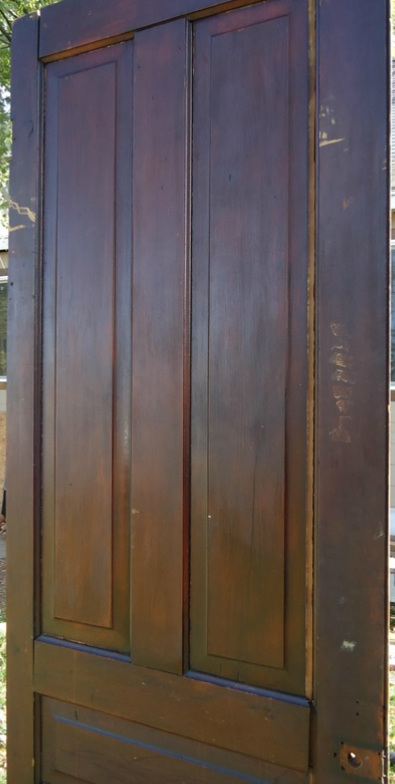



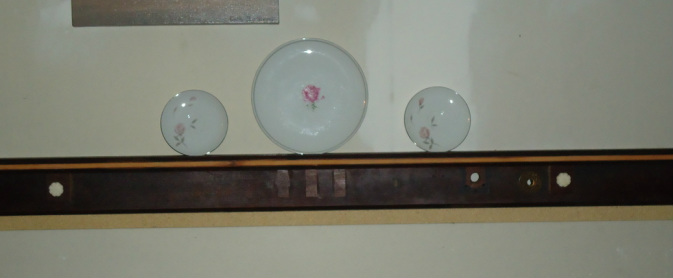
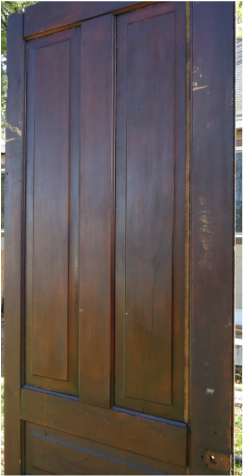
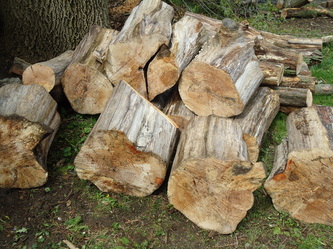
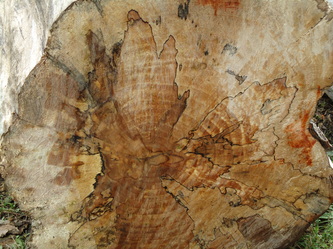
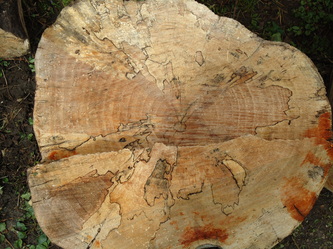
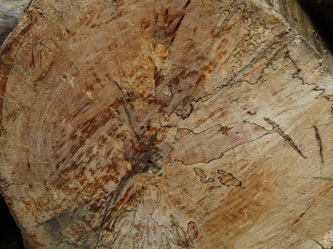
 RSS Feed
RSS Feed